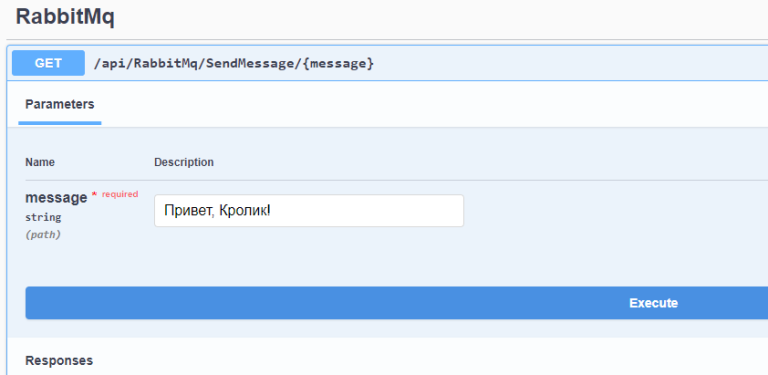How mathematicians are approaching the creation of quantum computers
Several years ago, Igor Netay, an expert at the Kryptonite company, put forward a hypothesis that has only now been confirmed in the scientific community. What is the hypothesis and what does quantum computers have to do with it? We will tell you below.

There are different approaches to creating quantum processors. One of them is connected with the use of a tunnel junction, or the Josephson effect. This effect occurs between two superconductors separated by a thin layer of dielectric. A constant superconducting current can flow through such a contact in the absence of an applied voltage, and an alternating superconducting current will flow through it at a certain external voltage.
This combination of superconductors separated by a dielectric is called a Josephson (or Josephson for short) junction. Quantum computing accelerators based on them are made by the company D-Wave, and since 2015 they have been produced in Russia. Despite a number of technical problems, such accelerators have already apply to optimize real business problems.
The development of quantum processors of this type is slowed down by limitations on the possible number of connections between jog contacts and the not entirely obvious physics of the processes occurring during electron tunneling.
It is not easy to simulate the operation of a joz contact. The Josephson differential equation has no explicit solutions, so it cannot be used to predict the behavior of a joz contact under different conditions.
At temperatures below the superconducting transition point, the tunneling process is quite plausibly described by a system of equations. Which one depends on the chosen model of superconductivity. In some cases, the Bardeen–Cooper–Schrieffer model is used, in others, the resistive model is used.
In any case, the system of equations modeling the Josephson effect is based on Heun's equation. It describes the relationship between the strength of the superconducting current flowing through the Josephson junction, the voltage at the electrodes of this contact and the basic physical parameters of the system.
The latter include the materials of the electrodes and dielectric, the thickness of the dielectric insert, the strength of the external magnetic field, and temperature. Together, these parameters set the boundary conditions for solving Heun's equation.
For a long time, physicists and engineers had to be content with such a general idea, and the required parameters of quantum processors were refined based on data from numerous experiments.
It was obvious to mathematicians that changes in the course of physical processes are described through the geometry of the space of parameters of solutions to the equation. There is a known (from articles Buchstaber and Tertychny) family of explicit solutions. The space that parametrizes these solutions is a certain family of algebraic curves, but which ones exactly?
An expert from the Kryptonit company, Igor Netai, helped solve this problem. He proceeded from the fact that the first and main geometric invariant of an algebraic curve is its genus. Igor found an estimate for the genus of curves and formulated a conjecture that the estimate is exact.
The proof of Igor Netai’s hypothesis appeared only in 2024. Professor Alexey Glutsyuk cites it in his work “On extended model of Josephson junction…”, mentioning Igor’s contribution. The article is already available as preprint and accepted for publication in special issue journal “Proceedings of the V. A. Steklov Mathematical Institute”.





